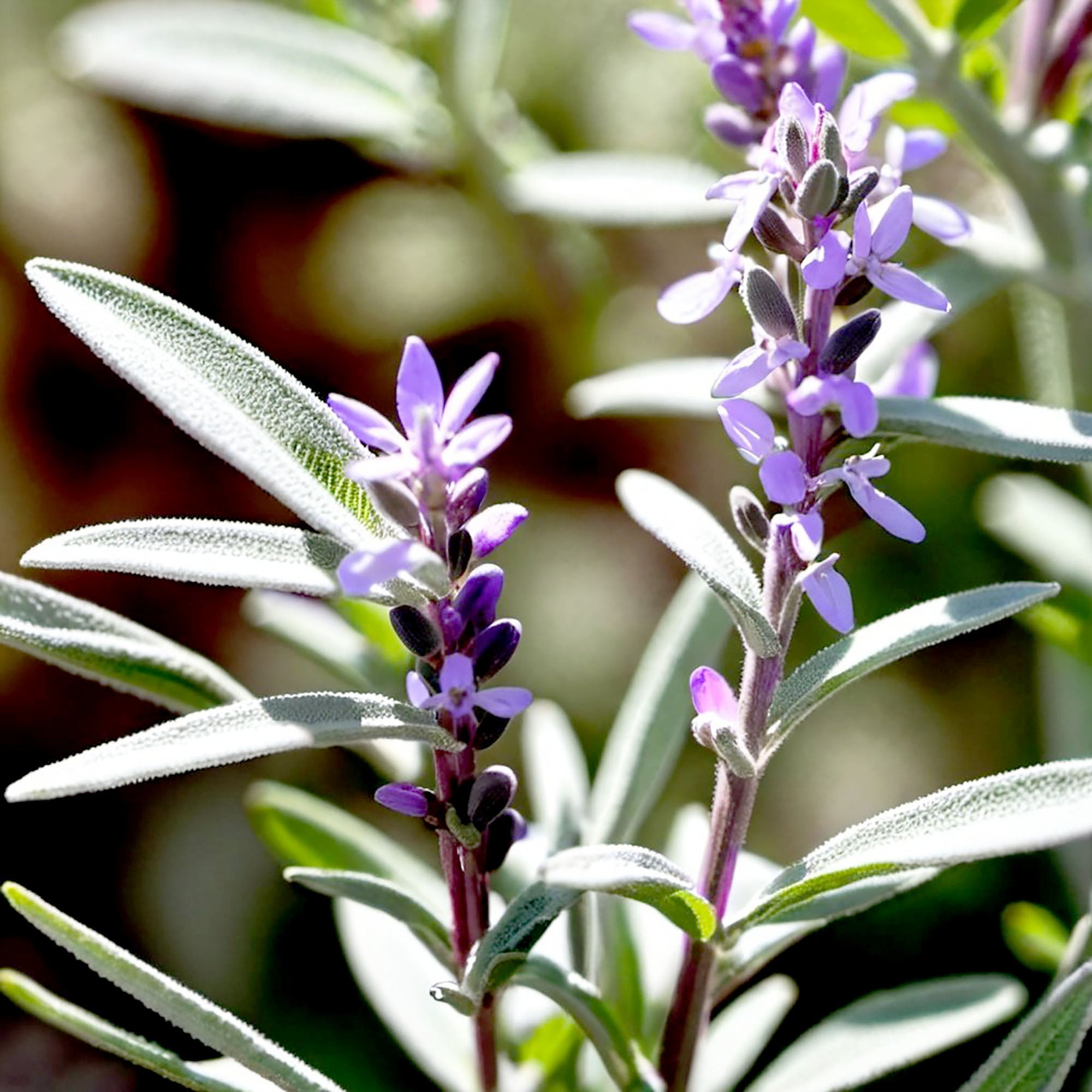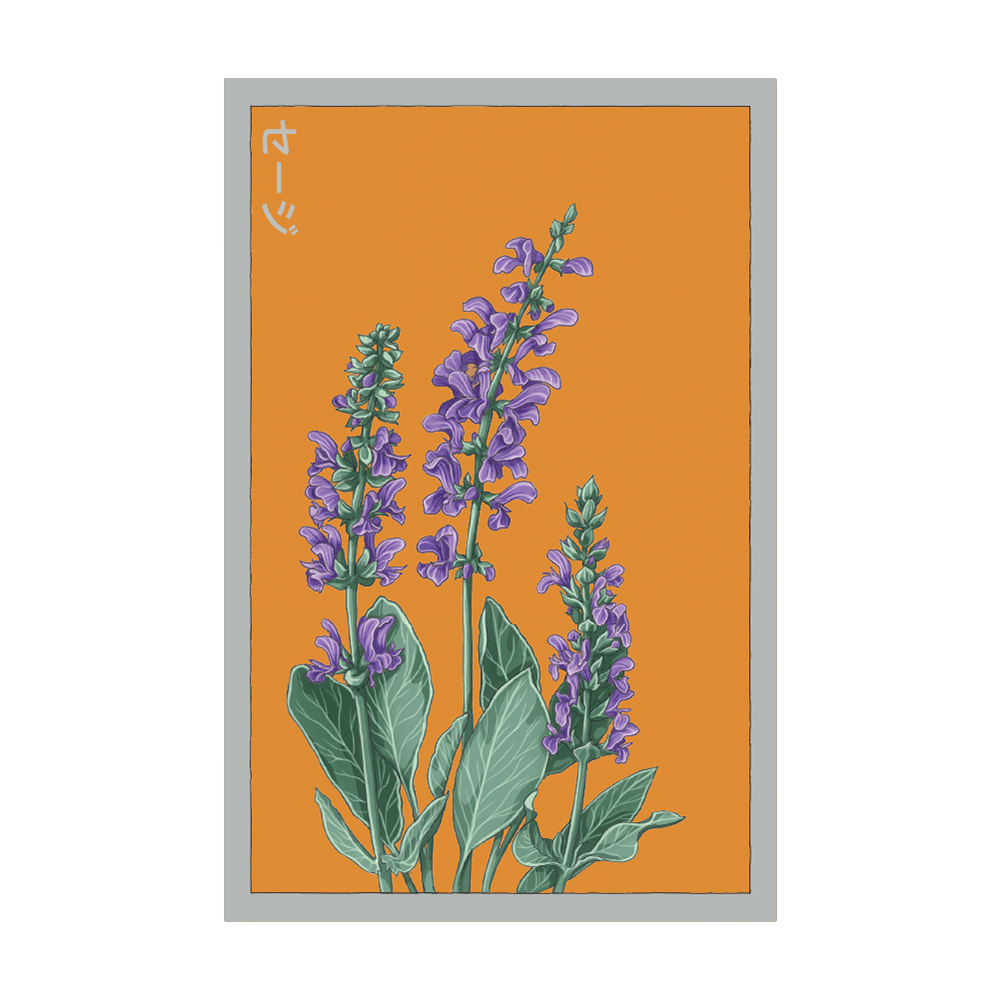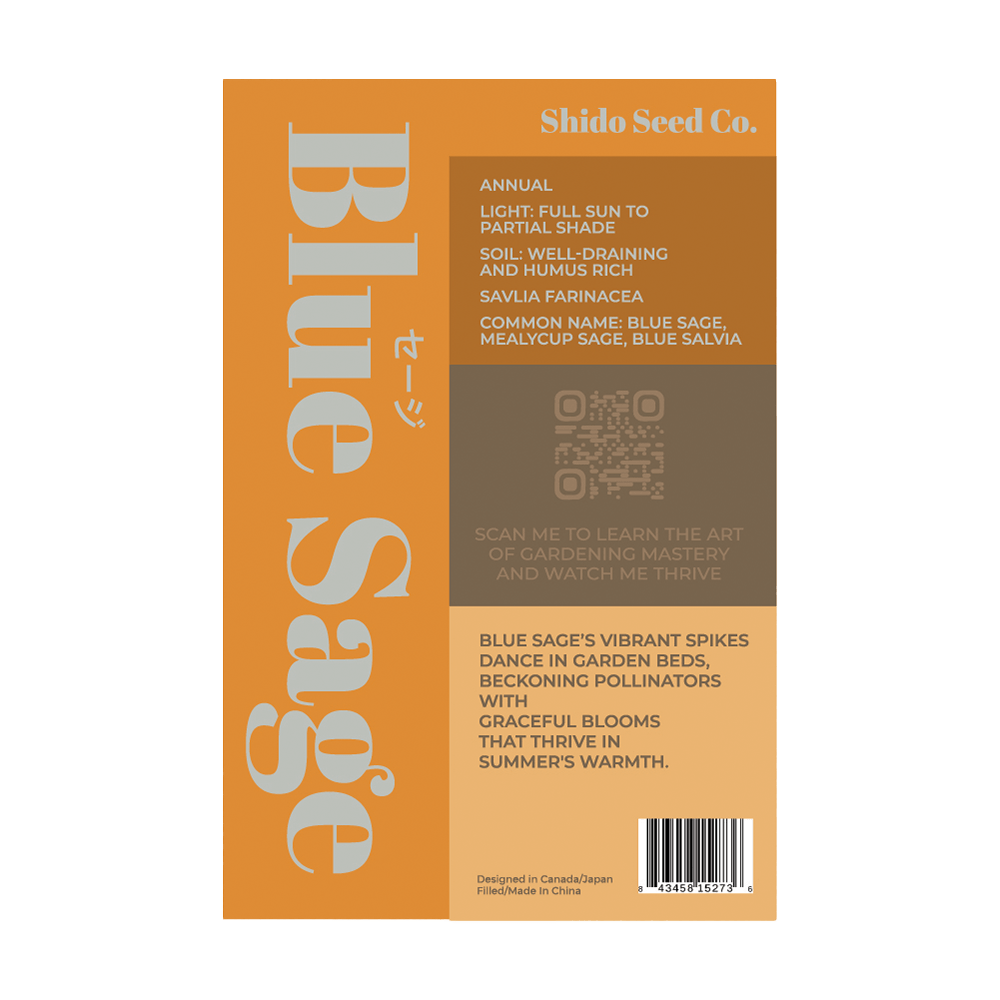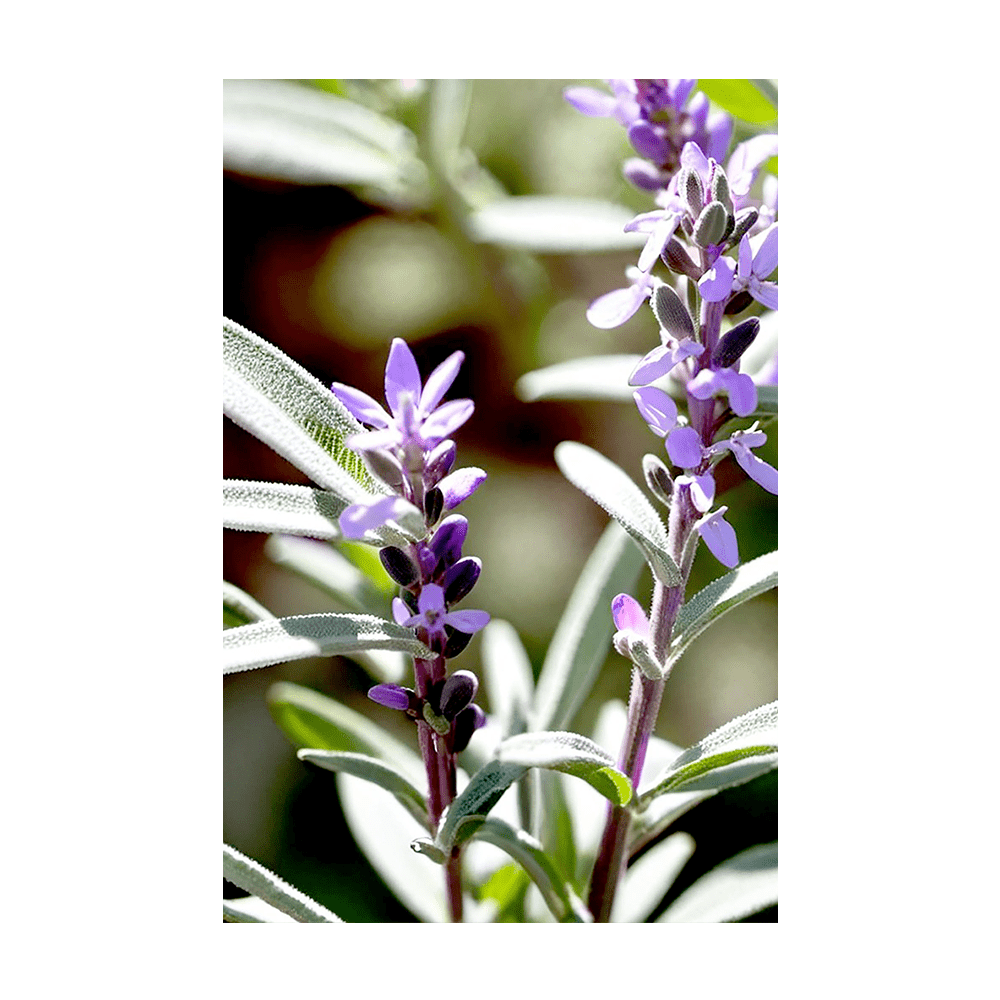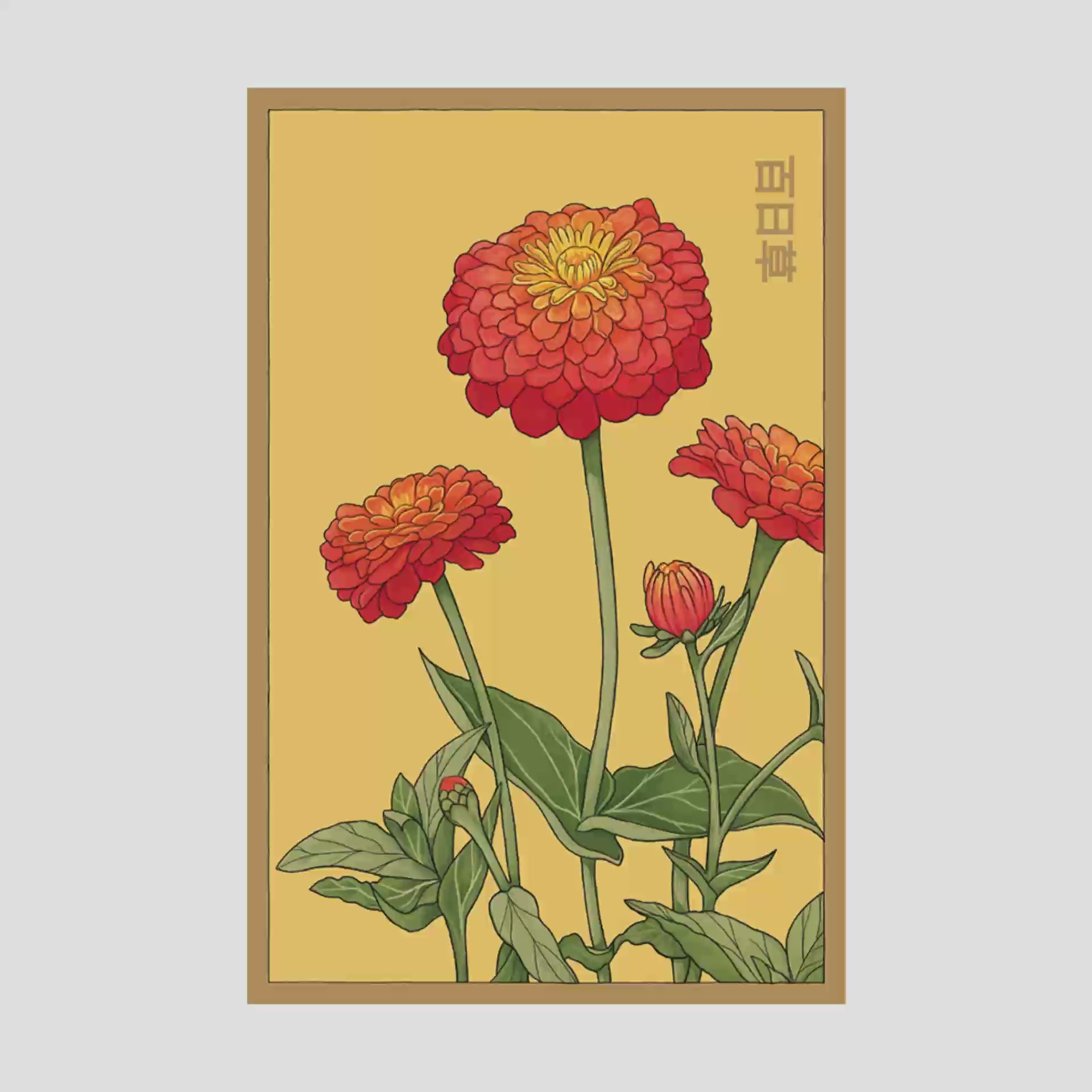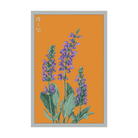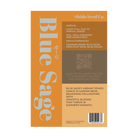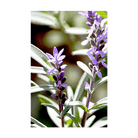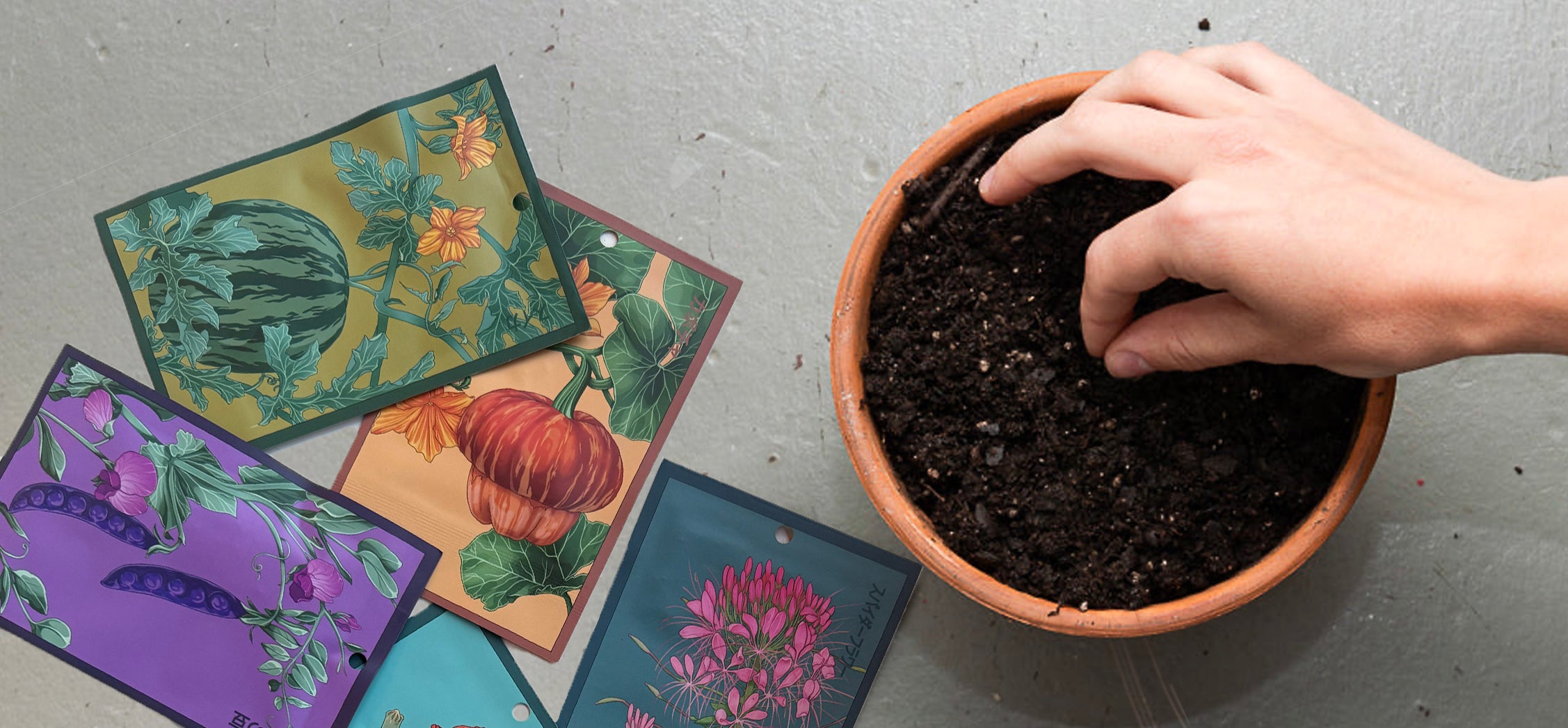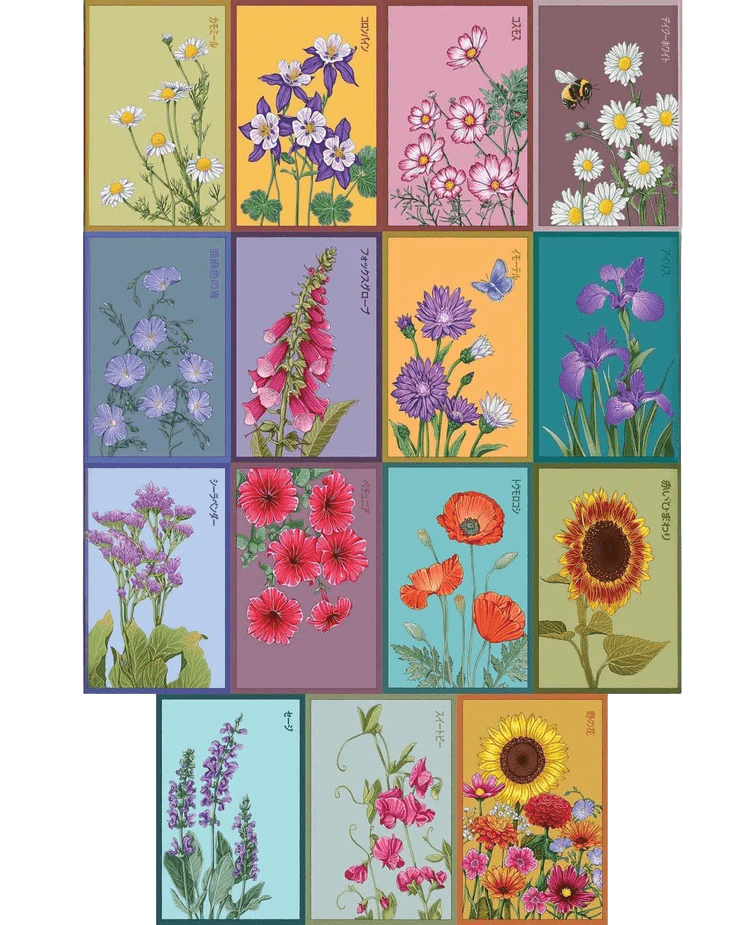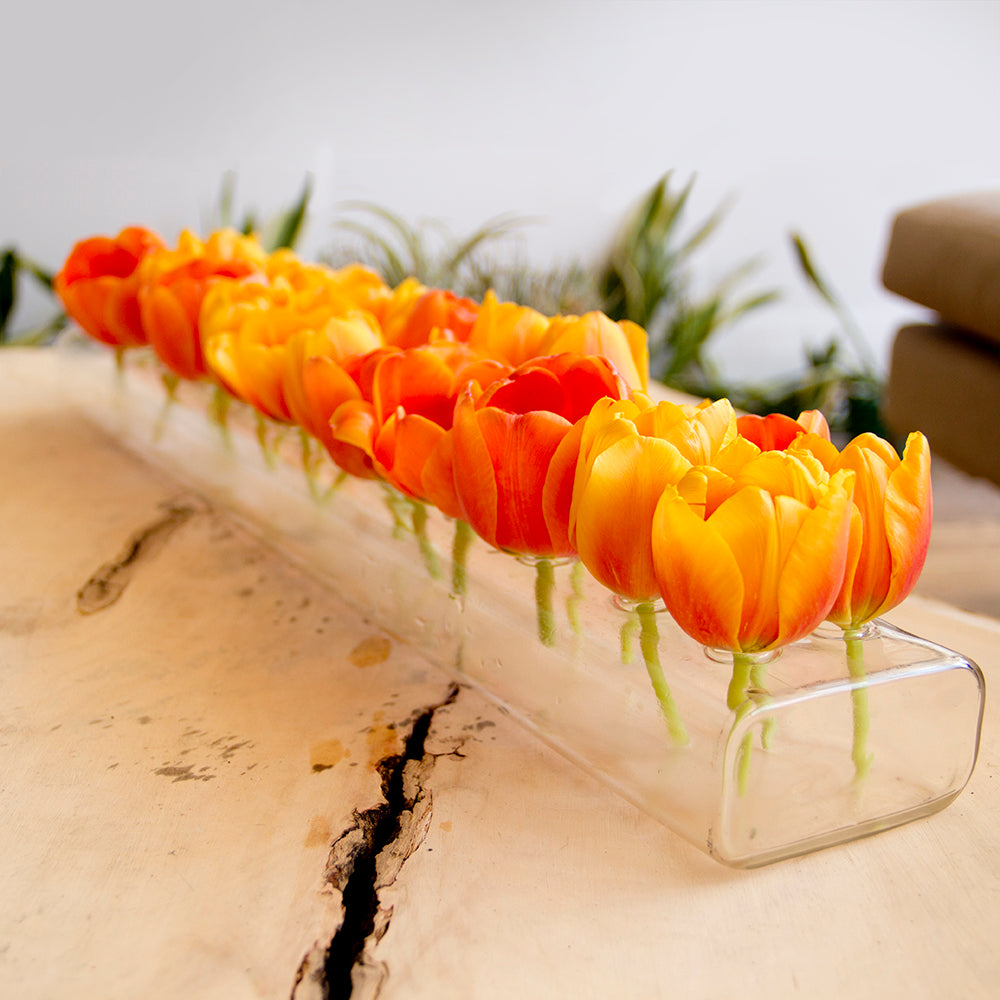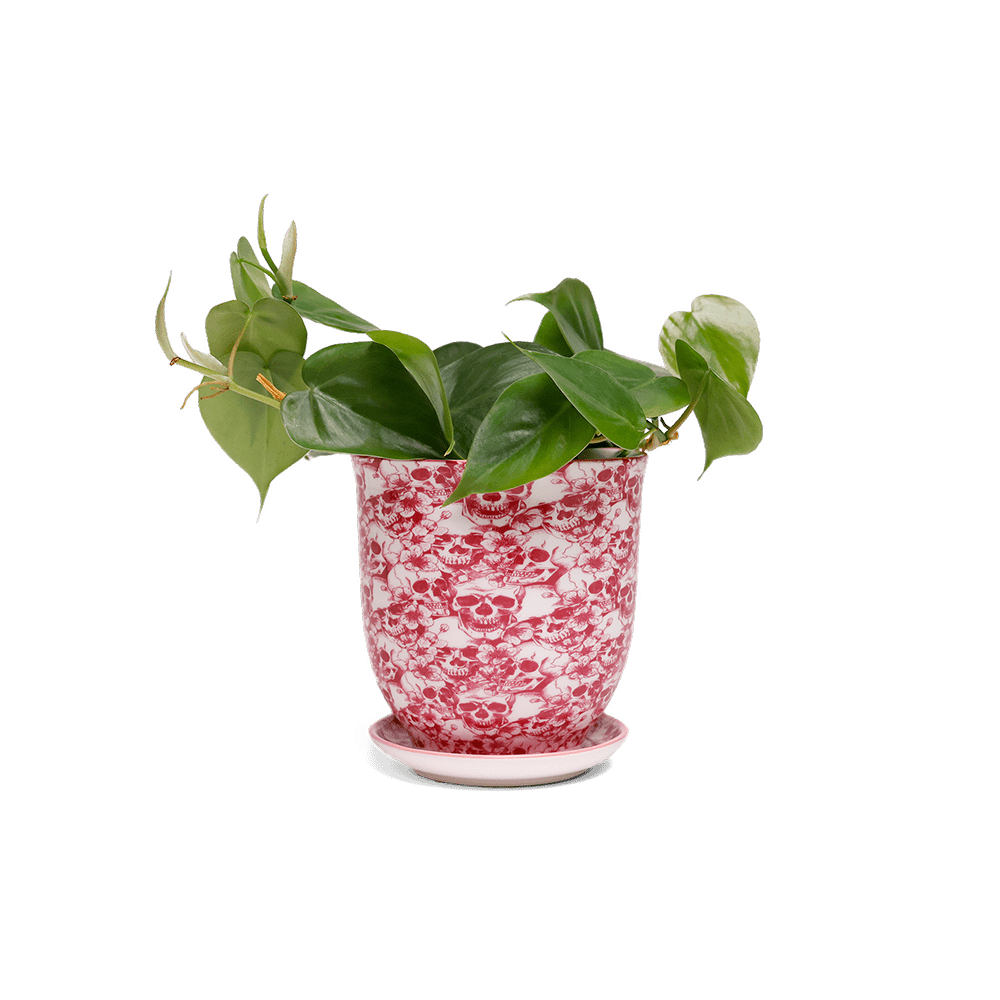Sage Herb Seeds Packet
£1.70
Unit price
/
Unavailable
Couldn't load pickup availability
Blue Sage (Salvia farinacea), also known as Mealycup Sage, is a striking perennial plant known for its vibrant blue to violet flowers and aromatic foliage. It thrives in a variety of climates and is commonly used in ornamental gardens, pollinator-friendly landscapes, and xeriscaping projects. Blue Sage is a stunning, easy-to-grow plant that brings beauty, fragrance, and pollinators to the garden. Whether planted in borders, containers, or xeriscape gardens, its vibrant blue blooms create a striking display. With minimal care requirements and adaptability to various conditions, Blue Sage is an excellent choice for gardeners of all levels.
SKU: SESAGE
We stand by the quality of our flower seed packets! With high germination rates and vibrant blooms, your garden is sure to flourish. If you're not completely satisfied, we’ll replace or refund—guaranteed!
Sage Herb Seeds Packet
Why Shido Seeds Are the Best
Our flower and vegetable seeds are beautifully packaged little packets of magic. Guaranteed to turn your garden into the envy of the neighborhood. Get your hands dirty and let nature simply do its thing.
How to grow Sage from Seed
When to Plant Seeds
Preparing for Planting
Sowing Seeds
Transplanting Seedlings
Pro Tip
